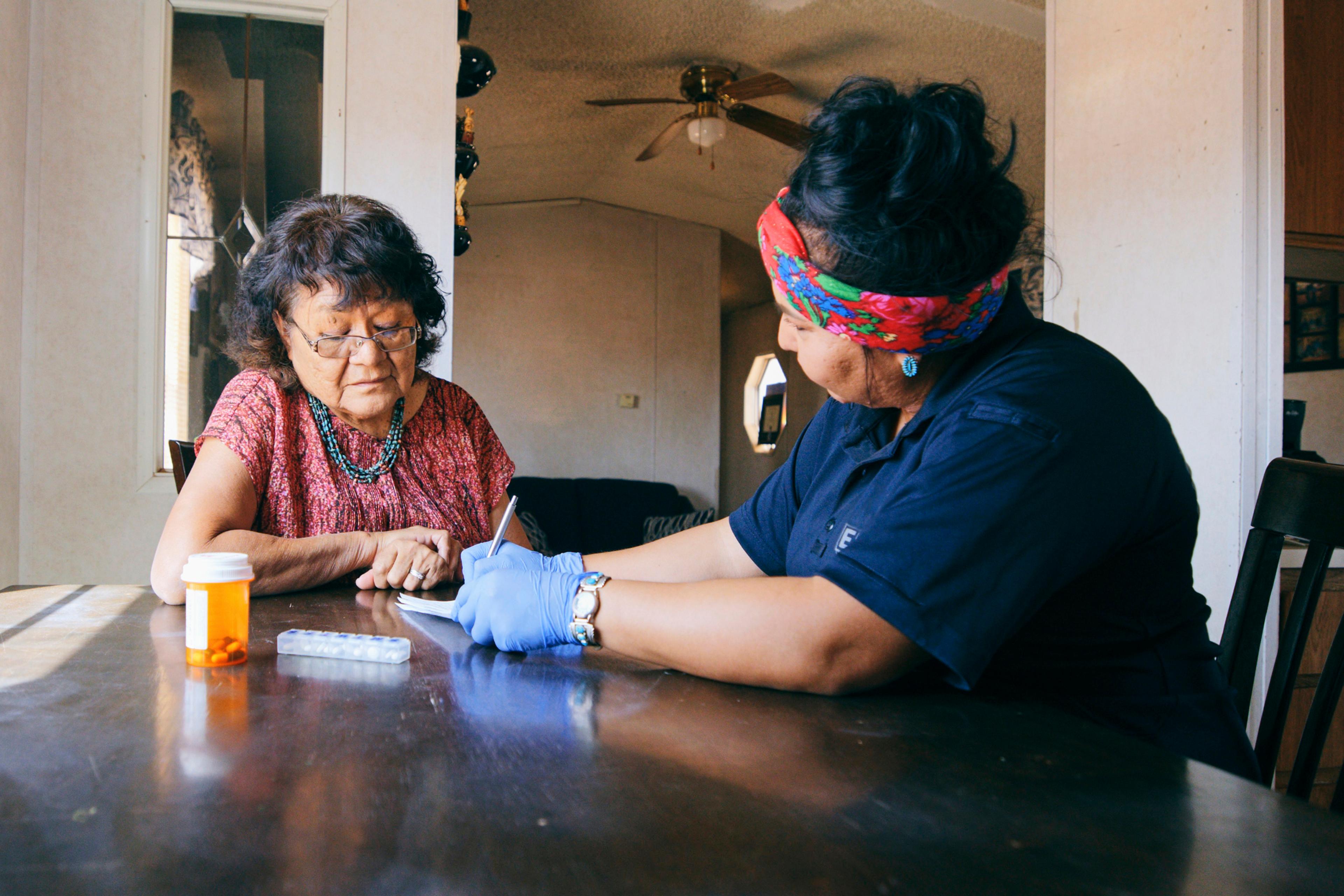Health Disparities Affecting the American Indian/Alaska Native Population

James Grant, M.D.
| 3 min read
James D. Grant, M.D., is executive vice president and chief medical officer at Blue Cross Blue Shield of Michigan. Dr. Grant is a native Michiganian and graduate of Wayne State University School of Medicine. He completed his post graduate training at Northwestern University Medical Center in Chicago. He is a diplomate of the American Board of Anesthesiology, completed his recertification in 2008 and is an associate examiner for the Board.

Chronic conditions such as diabetes, heart disease and obesity can affect individuals of all ages, races and ethnicities. However, certain groups of people can be disproportionately affected.
For example, the American Indian/Alaska Native community has a higher rate of many chronic conditions. Indigenous communities often face more cultural and socioeconomic barriers to health care, which puts this population at a higher risk for more severe outcomes when chronic conditions are not diagnosed and treated.
Who are American Indians and Alaska Natives?
The American Indian/Alaska Native (AI/AN) population is generally defined as those who have origins in any of the original peoples of North, South America, and Central America, who maintain tribal affiliation or community attachment. In 2020, roughly 3.7 million people identified as AI/AN, while another 5.9 million identified as AI/AN plus another race group. This is just under 3% of the U.S. population.
There are 574 federally recognized AI/AN tribes in 37 states, including 12 in Michigan. There are also many tribes recognized at the individual state level, and tribes that are not state or federally recognized.
AI/AN health disparities
In general, American Indians and Alaska Natives are disproportionately affected by many chronic conditions, including heart disease, diabetes, and liver cancer.
- AI/AN adults are almost three times more likely to be diagnosed with diabetes, and more than two times as likely to die from diabetes than non-Hispanic white adults.
- AI/AN adults are 50% more likely to be diagnosed with coronary heart disease than their white counterparts.
- AI/AN men and women are more likely to have liver/bile duct cancer than non-Hispanic white men and women.
- Chronic liver disease is a leading cause of death for AI/AN adults.
- AI/AN adults also have higher prevalence of risk factors that increase the risk of developing diabetes, heart disease and liver disease, such as obesity, high blood pressure, high cholesterol and cigarette smoking.
Additional health disparities in AI/AN communities include alcohol and substance use disorders, domestic violence, sexual assault, suicide, and depression. However, there is significant diversity between tribes and reservations, and between rural and urban AI/AN communities. This diversity contributes to differences in the observed health disparities in AI/AN communities.
AI/AN maternal and infant health
The infant mortality rate for the AI/AN population is nearly twice that of non-Hispanic whites, and AI/AN infants are 50% more likely to die from complications related to low birthweight. A contributing factor is that AI/AN mothers are nearly three times as likely to receive late or no prenatal care as compared to non-Hispanic white mothers.
Addressing health disparities
The health disparities and inequities within the AI/AN community are affected by social determinants of health. According to the National Indian Council on Aging, these social determinants of health include lower education levels, institutional racism, language barriers, transportation barriers, and income gaps.
While nearly 52% of the AI/AN population has private health insurance, about 42% have public, or government-funded, health insurance. The U.S. government offers health services through the Indian Health Service for AI/AN tribes and their descendants.
Public and private health care experts and clinicians, along with policymakers, continue to examine the factors that contribute to the disproportionate health challenges among the AI/AN community to improve health care services and health outcomes.
James D. Grant, M.D., is senior vice president and chief medical officer at Blue Cross Blue Shield of Michigan.
Photo credit: Getty Images





